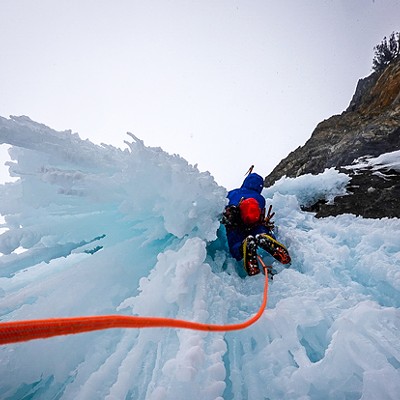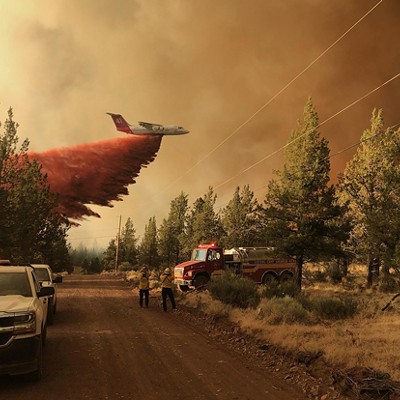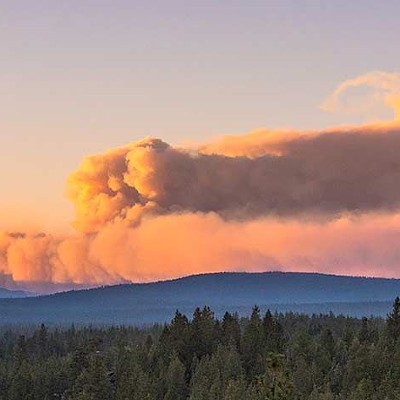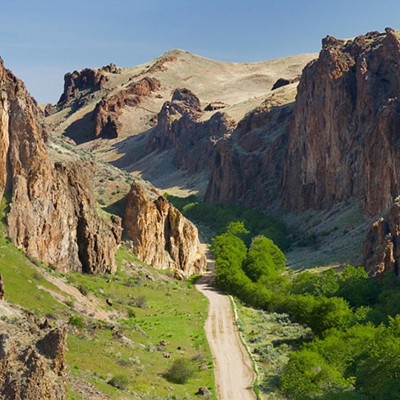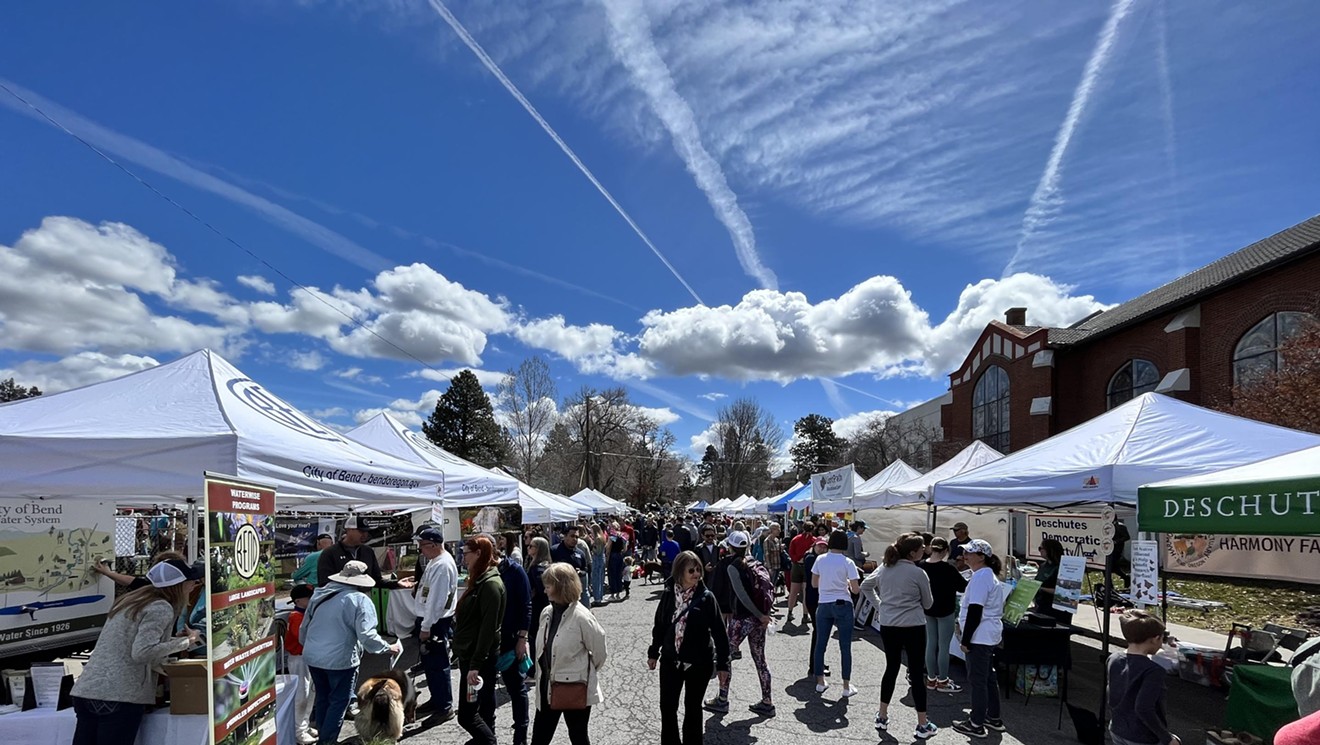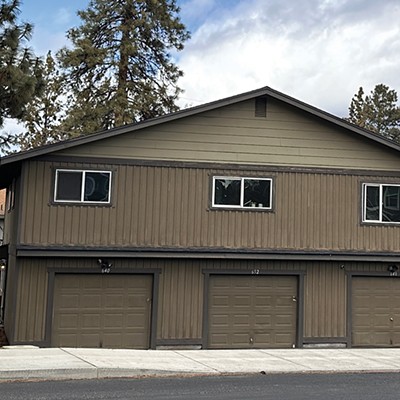1. Fire isn't always bad. Fires can be beneficial to forests. By eliminating undergrowth, wildfires create openings in the forest, which enable diverse vegetation growth that provides fruit, seeds, and nectar for wildlife to thrive. Fires also create standing dead trees (snags) that many animals rely on for food and shelter. Dry ponderosa pine forests actually need fire to control undergrowth and reduce competition for water and nutrients. However, while fire is often beneficial to forests, unnaturally severe fires—particularly near homes and communities—are a serious problem.
2. Humans have made forest fires worse. By removing the old-growth, planting dense stands of young trees, and suppressing natural fires, we have created unnaturally flammable conditions in many forests. Old-growth trees, with their thick bark and tall trunks that keep the forest canopy safely above the flames, are much more fire-resistant than smaller, younger trees with thin bark and canopies close to the ground. We also make matters worse by suppressing natural fires, which causes fuel loads to build up and increase the risk of an unnaturally severe fire.
3. Climate change could increase risks. Scientists predict that climate change will bring hotter, drier summers to the Pacific Northwest, together with less snowfall in the mountains during the winter months. Combined, these could significantly increase fire severity. The best way to combat this challenge is to restore and protect more old-growth forests across the landscape. Not only are old-growth trees more fire resistant, but they also capture and store tremendous amounts of carbon dioxide.
4. Many forests need restoration. Old-growth logging and fire suppression have left many forests unnaturally dense. Restoration-based thinning projects that focus on dense young stands and seek to restore old-growth conditions can be beneficial in making forests more fire resilient. Efforts like the Glaze Meadow restoration thinning project near the town of Sisters have reduced fire risks while improving habitat for fish and wildlife. In an old-growth forest, controlled burning can reduce fuel loads and maintain environmental health while reducing the risk of unnaturally severe fires. With proper restoration techniques including thinning and prescribed burning wildfire could cease to be the terrifying event that we think it is today. Instead, natural fires would be mostly the low-intensity ground fires that renew the forest in the ways it's adapted to. (See more in our Eastside Restoration Handbook.)
5. Protecting homes doesn't mean logging the backcountry. Thinning projects can reduce the risk of fire to homes and communities, but only when they are done carefully and in the right places. Unfortunately, the Forest Service and other agencies, under pressure from politicians and the logging industry, often have misplaced priorities, and spend millions in federal tax dollars trying to log in remote backcountry areas rather than prioritizing thinning forests near homes and communities.
6. Logging in recovering areas makes things worse. Logging corporations often demand that the Forest Service and other agencies allow "salvage logging"—including old-growth logging—after forests burn. This controversial practice allows bulldozers and other heavy equipment into fragile recovering areas, where they clear-cut both live and dead trees. Such logging destroys snags and wildlife habitat, interferes with the development of future healthy forests, damages fragile soil, and sends mud and sediment into the rivers and streams we rely on for clean drinking water. Scientists have found that letting nature take its course is the best way to help a forest recover after fire.
7. Simple steps can help homeowners prepare. Homeowners who live near forests can reduce risks to their property with a number of simple steps. Keep trees and shrubs pruned away from buildings and structures, use fire-resistant roofing material, mow the grass around the home, clean leaves and other debris out of gutters, and move firewood, propane tanks, and other flammable materials at least 50 feet away.
Industry uses fires to advance its agenda. Politicians, the clearcutting industry, and the news media often focus on wildly sensational stories about forest fires, making them sound far worse than they really are. For example, media outlets covering the 1988 fires in Yellowstone National Park described the forest as "charred," "blackened," "devastated," and "ruined." Yet today, park biologists say the fires rejuvenated Yellowstone and did more to improve the health of the land than any other event in the last 100 years. Fires are a natural part of typical dry Oregon summers and should be reported calmly and factually, without excessive hyperbole and hysteria.
Steve Pedery is the Conservation Director for Oregon Wild

